Lambkin: breed description, feeding and care
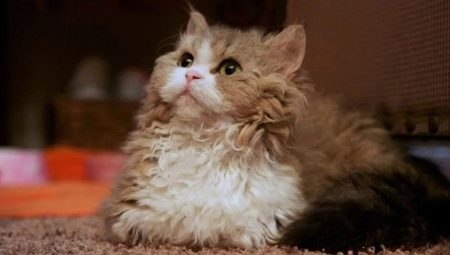
Many breeders dream of a miniature and unpretentious pet, which you can play with and safely leave unattended for a couple of hours. Such an animal is the Lambkin cat. This is an intelligent and curly-haired friend who looks like a tiny lamb. In addition, these cats adore their owners and serve them faithfully throughout their lives.
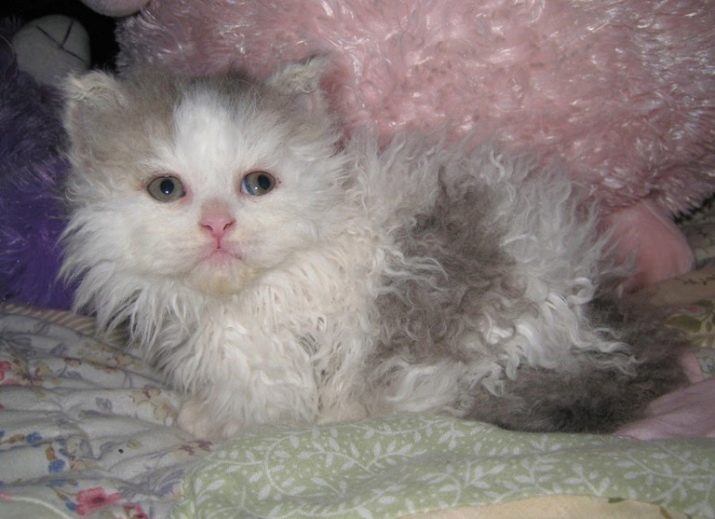
Peculiarities
Lambkin is a fairly rare and young breed of dwarf cats. She was bred by crossing the Munchkin and Selkirk Rex. The breed is already registered with TICA (International Cat Association).
The characteristic features of Lambkin are as follows:
- dense body with short graceful limbs;
- wedge-shaped head with protruding ears;
- expressive blue eyes, there are also individuals with emerald and orange eyes, which are in harmony with the color;
- curly hair with a thick undercoat;
- long, fluffy tail.
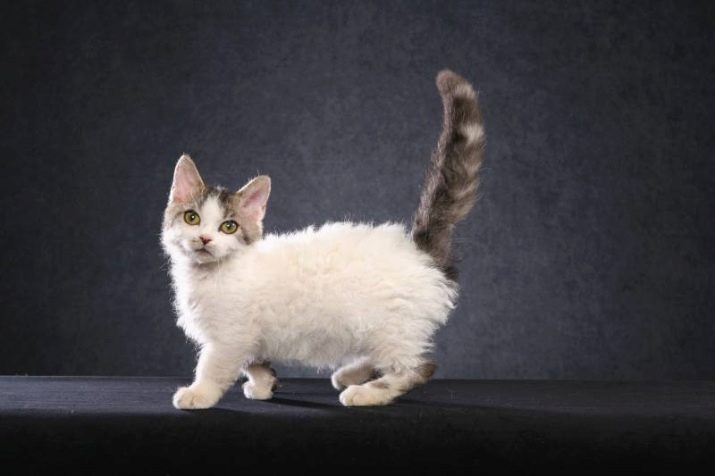
The raisins of the breed appear with age. For example, kittens are born with proportional legs and straight hair. Finally, curls are formed only by the age of two years of the animal's life. Representatives of the breed can be short-haired and long-haired. The main feature of Lambkins is their constant "childhood".
Even adult cats outwardly resemble "eternal kittens", which have a playful character and can play for hours with small households.
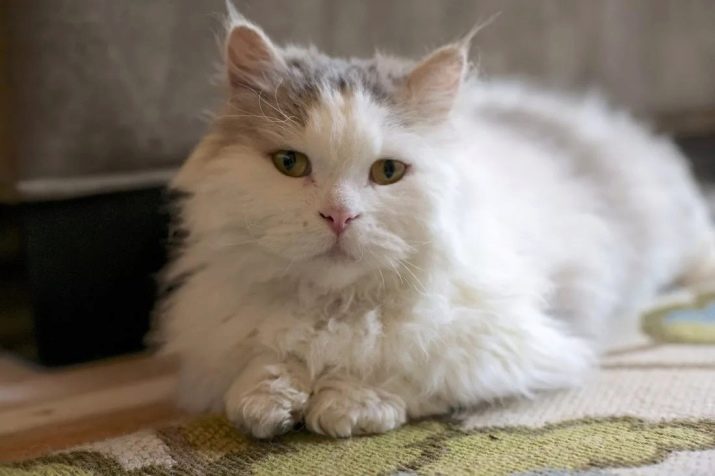
Color features
Miniature "lambs" have wool of different colors. There are several color options.
- Solid. The "coat" of the cat is monochromatic, without splashes.
- Smoky or silvery... The fur of the animal has a light base, and the tips of the hairs are dark.
- Tortoiseshell... This color is characterized by the presence of three colors on the pet's coat. The tortoiseshell lambkin looks especially impressive.
- Bicolor. The color of cats is white. Usually the chest, legs and belly of the "lamb" are snow-white.
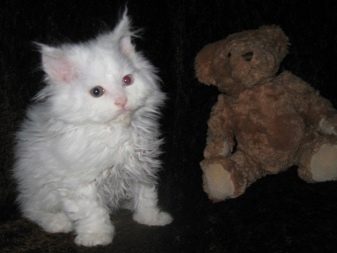
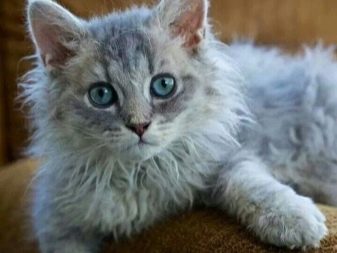

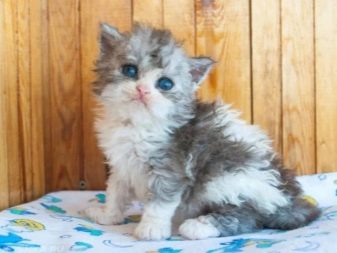
All colors of the Lambkin breed are beautiful and original, which makes the pet even more unique and in demand among breeders.
Character
Lambkins are adorable pets with a docile disposition. They have sympathy for all family members and try to please them in every possible way. The breed is characterized by increased curiosity and craving for outdoor games. Curly-haired babies are great at remembering different commands and love to respond to a name. Respect the rules that are established in the apartment, and do not show aggression towards children.
A "curly" pet can become embittered only if the owner is mistreated.

Content
The most important thing in keeping this breed is caring for the luxurious coat of the animal. For example, so that the fur of silver-colored cats does not lose its amazing shine, it must be washed using special shampoos, including dry ones. To prevent tangles, the animal's hair is regularly combed out (preferably every other day). Cutting Lambkins requires the hand of a professional.
At home, shortening the fur of a miniature pet is quite problematic. In addition, the breeder of a rare breed must monitor the health of the pet. The fact is that cats are prone to spinal diseases due to their short limbs. The muscles of the back simply cannot cope with the load, and the spine flexes, starting to press on the lungs and heart. Another disadvantage of Lambkins is congenital deformity of the chest. A specialist will help determine this defect.
Ear and eye hygiene is also important. If the kittens start to "cry", then the owner is better off stocking up on special drops.
If a pet's purulent discharge appears, you should immediately show it to the veterinarian.


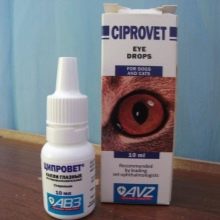
From the first days of the appearance of a curly kitten in the house, the breeder needs to get a scratching post. She will help the pet:
- grind off claws in a natural way;
- relieve stress;
- leave a mark (for cats, this ritual is especially important, since it is in their nature to “mark” the territory).
For lambkins, a small piece of carpet fabric is perfect.
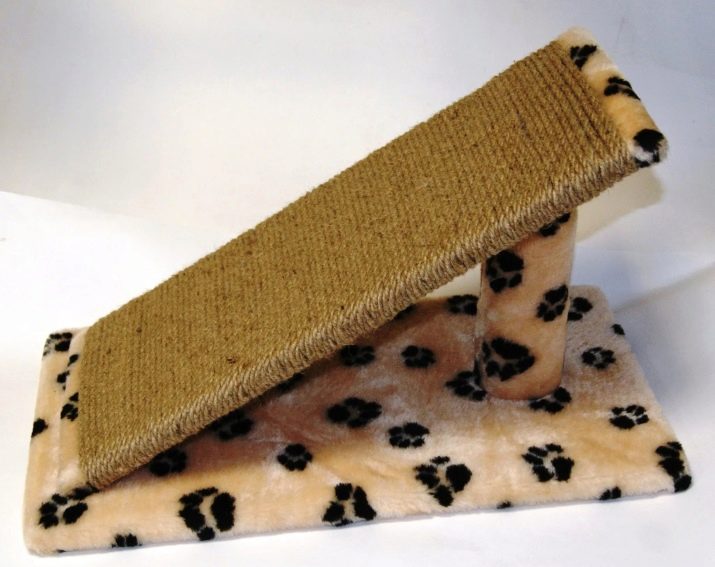
Nutrition
Like other dwarf breeds, the Lambkin needs adequate nutrition, on which the beauty of the coat (especially the silver color) and the activity of the animal depend. The food of cats should be dominated by protein (fresh lean meat). Also "lambs" can be fed with rice and buckwheat cereals, fish products and boiled vegetables. Lambkins are suitable for premium and super premium dry food. An adult cat needs two meals a day.
Do not forget about high-quality pet drinking. The water in the drinking bowls is changed several times a day.
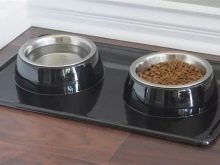

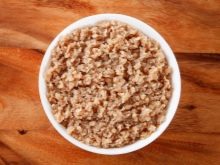
For Lambkin cats, see the video below.
































